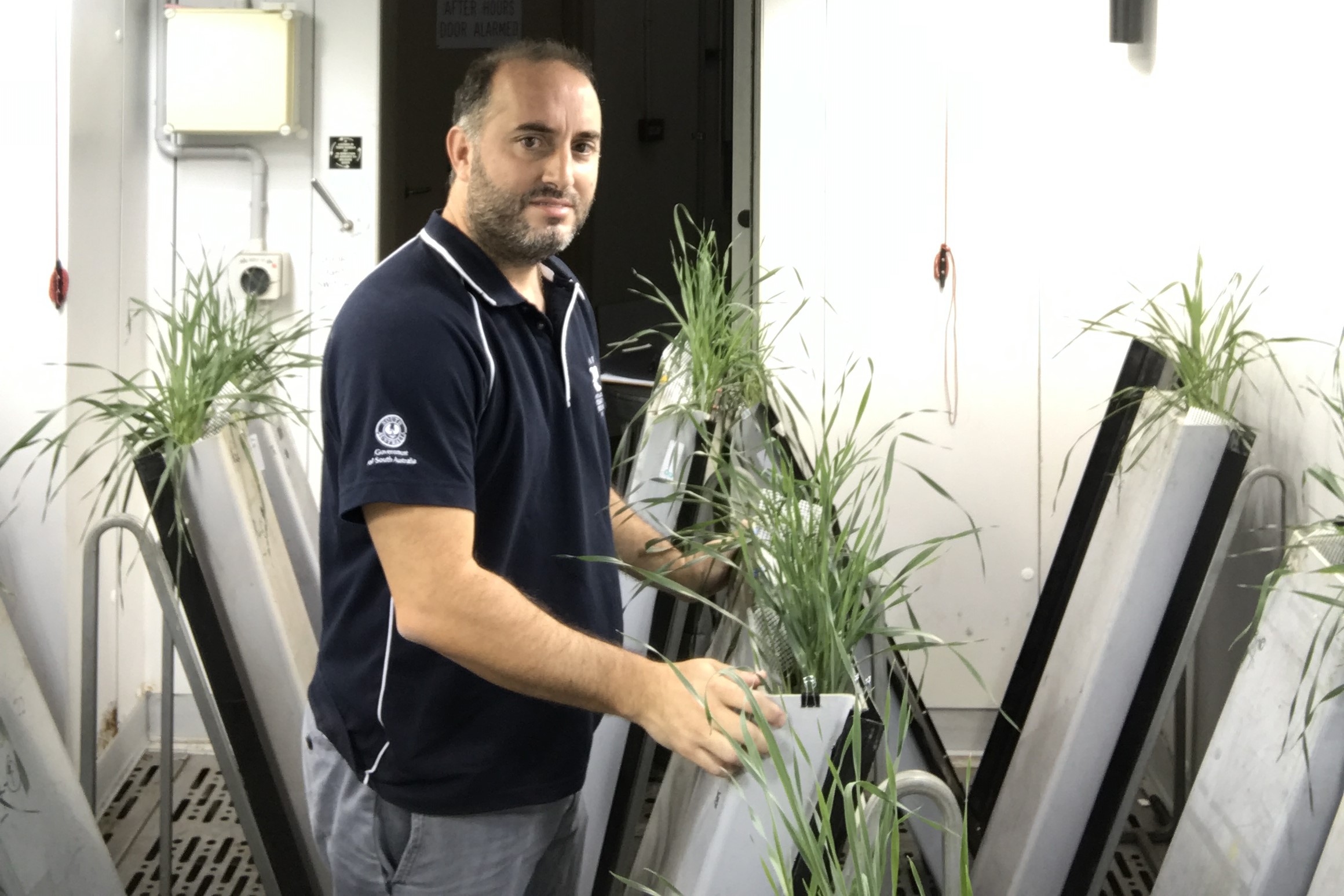Barley genetic yield gain between 1942 and 2013.
Genetic yield gain between 1942 and 2013 and associated changes in phenology, yield components and root traits of Australian barley.
Barley breeding has increased yield over the last century, but the associated changes in the phenotype are largely unknown. Our aim was to quantify the rate of genetic gain in a collection of Australian barley cultivars representing seven decades of breeding, and the associated changes in the phenotype.
The first barley crop in Australia was 3 ha at Farm Cove, after the arrival of the First Fleet in 1788 (Sparrow and Doolette 1975), and currently spans 4.4 Mha, with an average yield of 2.9 t ha−1 (ABARES 2021), and a yield gap from 0.6 to 3.8 t ha−1 (https://yieldgapaustralia.com.au/).
European cultivars were unsuitable to the dry and hot Australian environment, and the initial improvement of the crop was based on the British cultivar “Chevallier”, grown in the UK in the nineteenth century (Horne 1952; Sparrow and Doolette 1975). In 1903, a South Australian farmer developed the first local cultivar, Prior, from a selection of Chevallier. Prior was central to Australian barley production for more than 60 years. By 1954, Allan R. Callaghan highlighted the need for barley improvement, and lack of progress in comparison with wheat (Trumble 2001). As a result, the first breeding program was created in South Australia, releasing Clipper in 1968 (Friedt et al. 2011).



